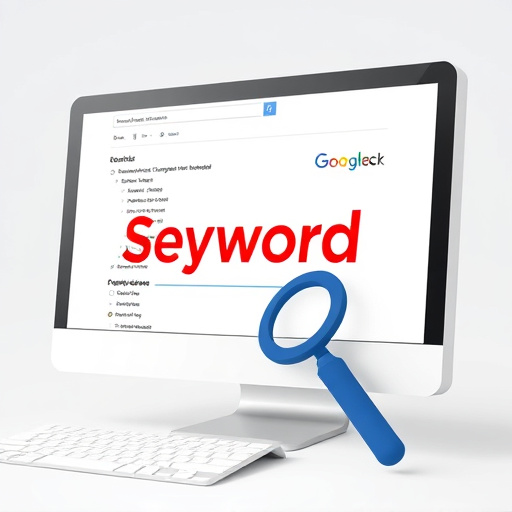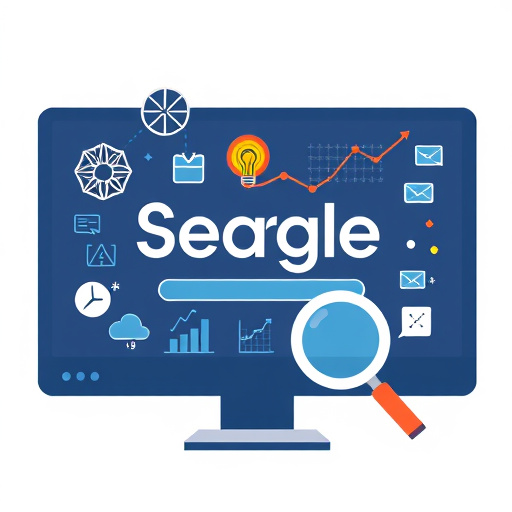Bounce rates, a critical metric for website performance, measure the percentage of visitors leaving after just one page view. High bounce rates can hurt SEO rankings as it signals to Google that users aren't finding what they need. For local businesses in Frisco or Plano aiming to boost online visibility, minimizing bounce rates is key. This involves optimizing Google Business Profiles, creating relevant and engaging content, keyword research for strategic SEO, and user-friendly web design. Regularly updating content, using analytics tools, and monitoring key metrics like bounce rate, session duration, and pages per session are best practices for continuous optimization and staying competitive in local search results.
In today’s digital landscape, a strong Google search optimization strategy is paramount for online success. One key metric to watch closely is bounce rate—the percentage of visitors who leave your site after viewing just one page. High bounce rates indicate users aren’t finding what they seek, hurting SEO performance and driving potential customers away. This article explores effective strategies for optimizing Google search results, aiming to reduce bounce rates and improve user engagement, ultimately boosting your online visibility.
- Understanding Bounce Rate and Its Impact on SEO
- Strategies for Optimizing Google Search Results to Reduce Bounce Rate
- Best Practices for Continuous Improvement and Monitoring
Understanding Bounce Rate and Its Impact on SEO

Bounce rate is a critical metric for understanding user behavior on your website. It refers to the percentage of visitors who leave your site after viewing just one page. In the context of Google search optimization (SEO), high bounce rates can significantly impact your search engine rankings. When users find what they’re looking for quickly, they are more likely to stay engaged with relevant content, leading to lower bounce rates and improved SEO performance. Conversely, if a website has a high bounce rate, it suggests that the pages aren’t meeting user expectations, which can negatively affect its ranking in search results.
For local businesses, such as those in Frisco or Plano looking to enhance their online presence through local SEO Frisco strategies, minimizing bounce rates is crucial. Optimizing your Google Business Profile (formerly known as Google My Business) listing and ensuring your website content aligns with user queries can help. Engaging, valuable content that addresses specific needs can keep visitors engaged, leading to lower bounce rates. An SEO company Plano might recommend implementing these techniques not only to improve local SEO but also to enhance overall website performance in terms of reduced bounce rates and increased user satisfaction.
Strategies for Optimizing Google Search Results to Reduce Bounce Rate

Optimizing Google search results is a strategic approach to enhancing user experience and reducing bounce rates. One effective method is to focus on keyword optimization. Conducting thorough research to identify relevant keywords and incorporating them naturally into your content ensures that your website appears in targeted searches, attracting visitors who are more likely to engage with your site. For instance, using long-tail keywords specific to your niche can improve search rankings and reduce bounce rates, as these terms indicate a higher level of user intent.
Additionally, implementing quality web design plays a pivotal role. A visually appealing, user-friendly interface encourages visitors to explore further, reducing the likelihood of them leaving immediately. Web design Arlington or seeking SEO marketing services from experts can help create websites that not only rank well in Google search results but also provide an excellent user experience, thereby lowering bounce rates and increasing time spent on site. Incorporating web design near me strategies ensures your target audience finds you easily, fostering higher engagement and lower exit rates.
Best Practices for Continuous Improvement and Monitoring

To continually optimize your site for Google search results and reduce bounce rate, implementing best practices is key. Regularly update content to keep it fresh and relevant, focusing on topics that answer user queries comprehensively. Utilize keyword research tools to identify terms related to “Google search optimization” and incorporate them naturally into headings, meta descriptions, and body text. This not only enhances SEO but also ensures your page aligns with search intent.
Monitoring is another vital aspect. Use analytics tools like Google Analytics to track key metrics such as bounce rate, average session duration, and pages per session. Identify high-bounce pages and analyze them for areas of improvement, whether it’s refining content, enhancing web design in Arlington or Dallas to improve user experience, or optimizing page load speeds. Regularly reviewing these insights allows for continuous refinement, ensuring your site remains competitive in the ever-evolving digital landscape.
Google search optimization techniques focused on reducing bounce rate can significantly improve user engagement and SEO performance. By implementing strategies that enhance relevance, speed, and interactivity of search results, websites can keep visitors engaged longer. Continuous monitoring and refinement based on user behavior data are key to sustained success in a competitive digital landscape. Adopting best practices ensures your site remains optimized for both search engines and users alike, ultimately driving better conversion rates and increased online visibility.














